The songs behind the synths: Prophet 5
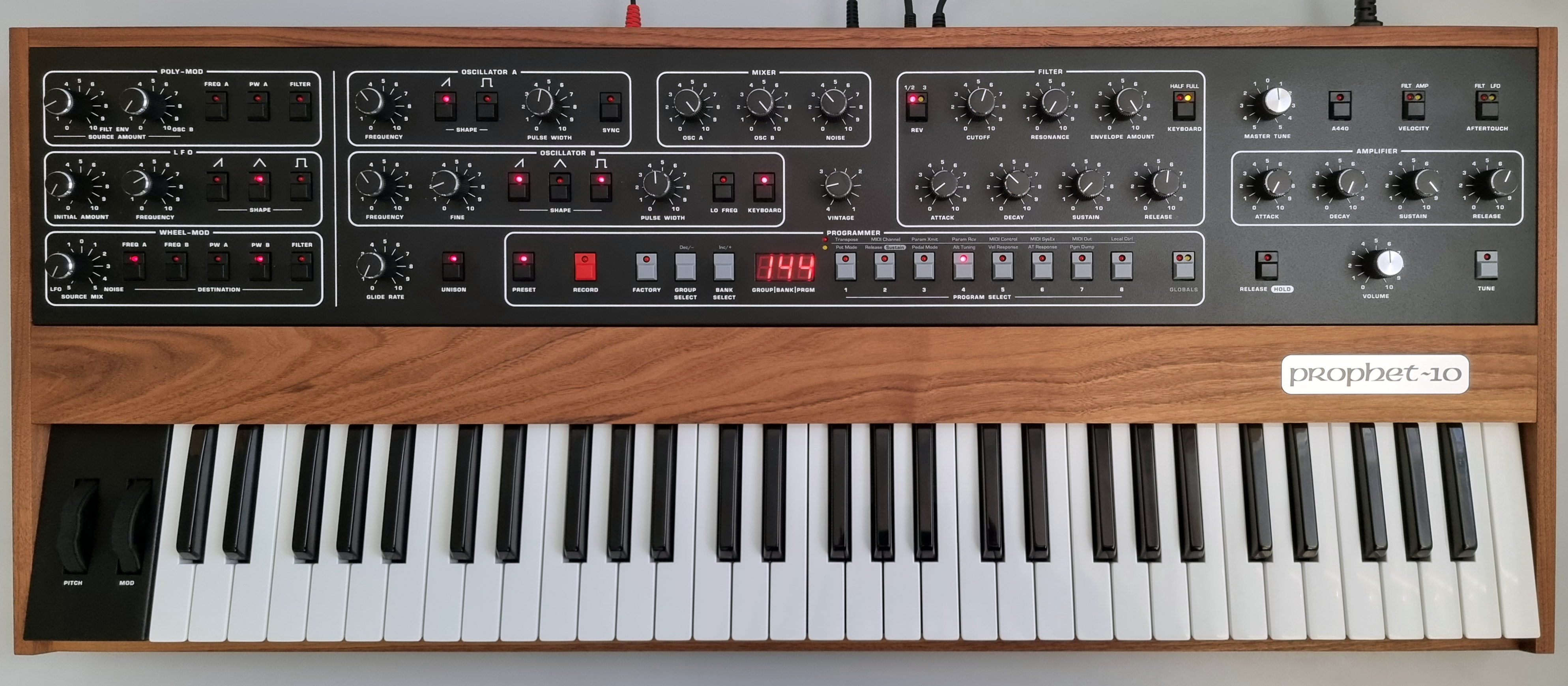
The iconic Prophet-5 was the first of its kind.
The brainchild of engineers the late Dave Smith (also the father of MIDI) and John Bowen, the Prophet was birthed at Sequential Circuits in 1977 and was the first fully programmable polyphonic synthesiser to hit the market.
First released at an equally exciting time for music and technology, the synth is noted for its warm and organic sound. It’s since gone through a handful of different iterations over the decades, starting with the ‘Rev 1’ prototype which was built in Smith’s garage, followed by ‘Rev 2’, ‘Rev 3’ and ‘Rev 4’ just a few years ago.
It’s appeared in many famous songs and has been hailed as a go-to synth by artists like Ryuichi Sakamoto, Thom Yorke and Phil Collins. Though many legendary pop and rock artists of the 80s notably used the polysynth (the list is endless), it still found its way into the hands of techno pioneers like Jeff Mills and Derrick May, as well as West Coast hip hop producers like Dr. Dre and contemporary electronic producers like Four Tet.
This iconic synth is emulated as the Prophet V, as part of Arturia’s new V9 Collection, which includes the broadest selection of instruments yet and a comprehensive range of tools and sound, so that producers working with VSTs and plugins can reap the benefits of this timeless analog machine.
Below we chart some of the tracks and artists who’ve used the Prophet-5 over the years, from 80s classics to melancholy rock electronica and boundary-pushing avant-garde pop…
Arturia’s V9 Collection includes 32 titles, including 4 new instruments and 14,000 world-class presets across styles and sounds.
Active between the mid 70s and early 80s, new romantic group Japan was fronted by singer-songwriter David Sylvian. For a period of time the band collaborated with legendary Japanese keyboardist, composer and YMO member Ryuichi Sakamoto, as did Sylvian individually pre and post break up of the band, namely on the infamous track ‘Bamboo Houses’.
Sakamoto favoured the Prophet-5 which appears on several tracks across Japan’s Tin Drum LP, particularly on ‘Ghosts’, a beautifully eerie song that showcases the density of the sustained key hits. Sakamoto wasn’t the only fan of it in the band though, another member Richard Barbieri has also used the Prophet-5 frequently during Japan’s tenure.












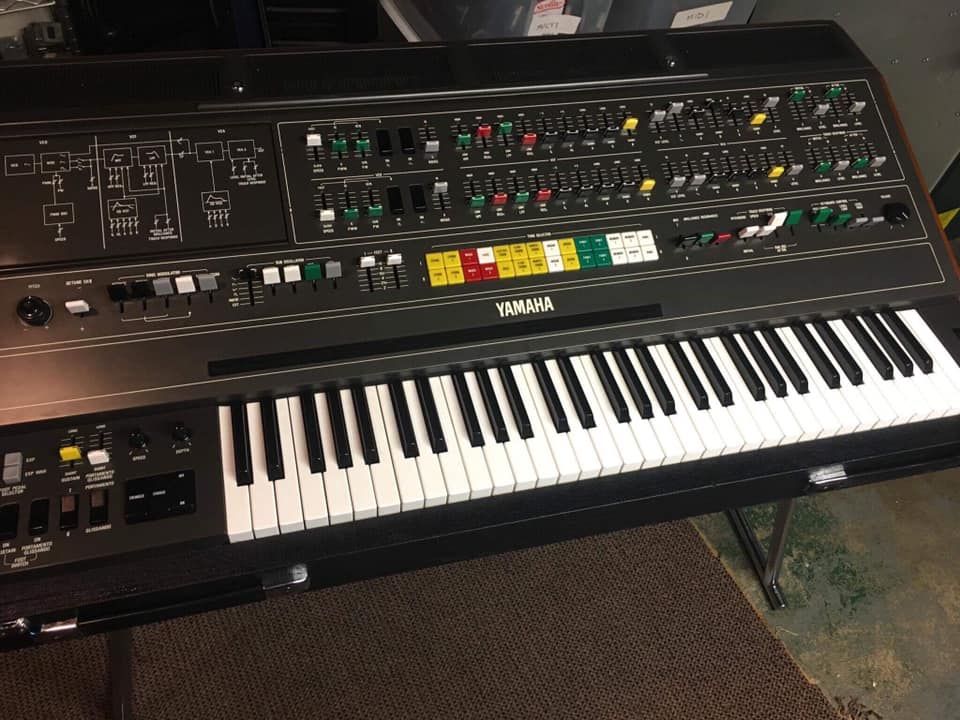
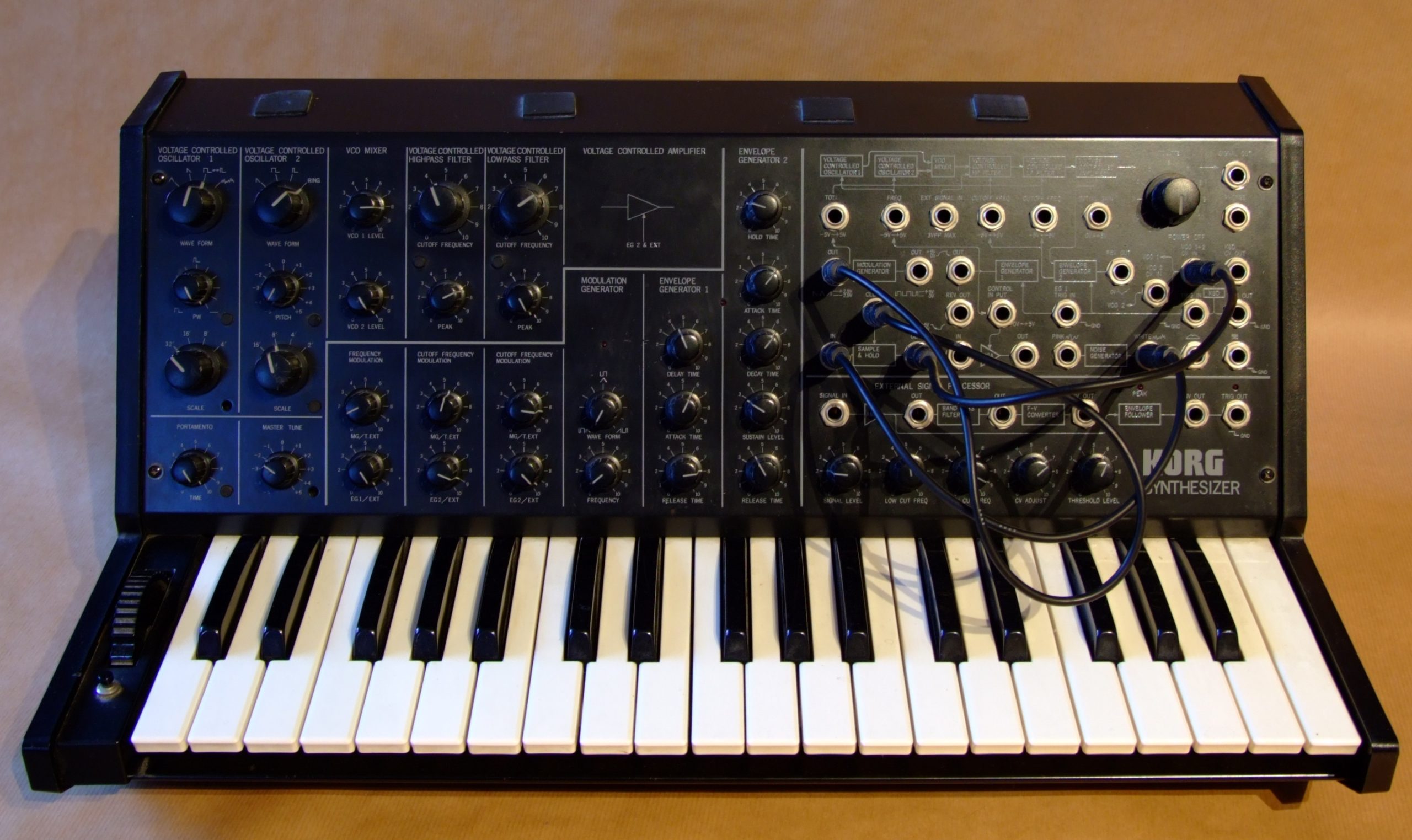
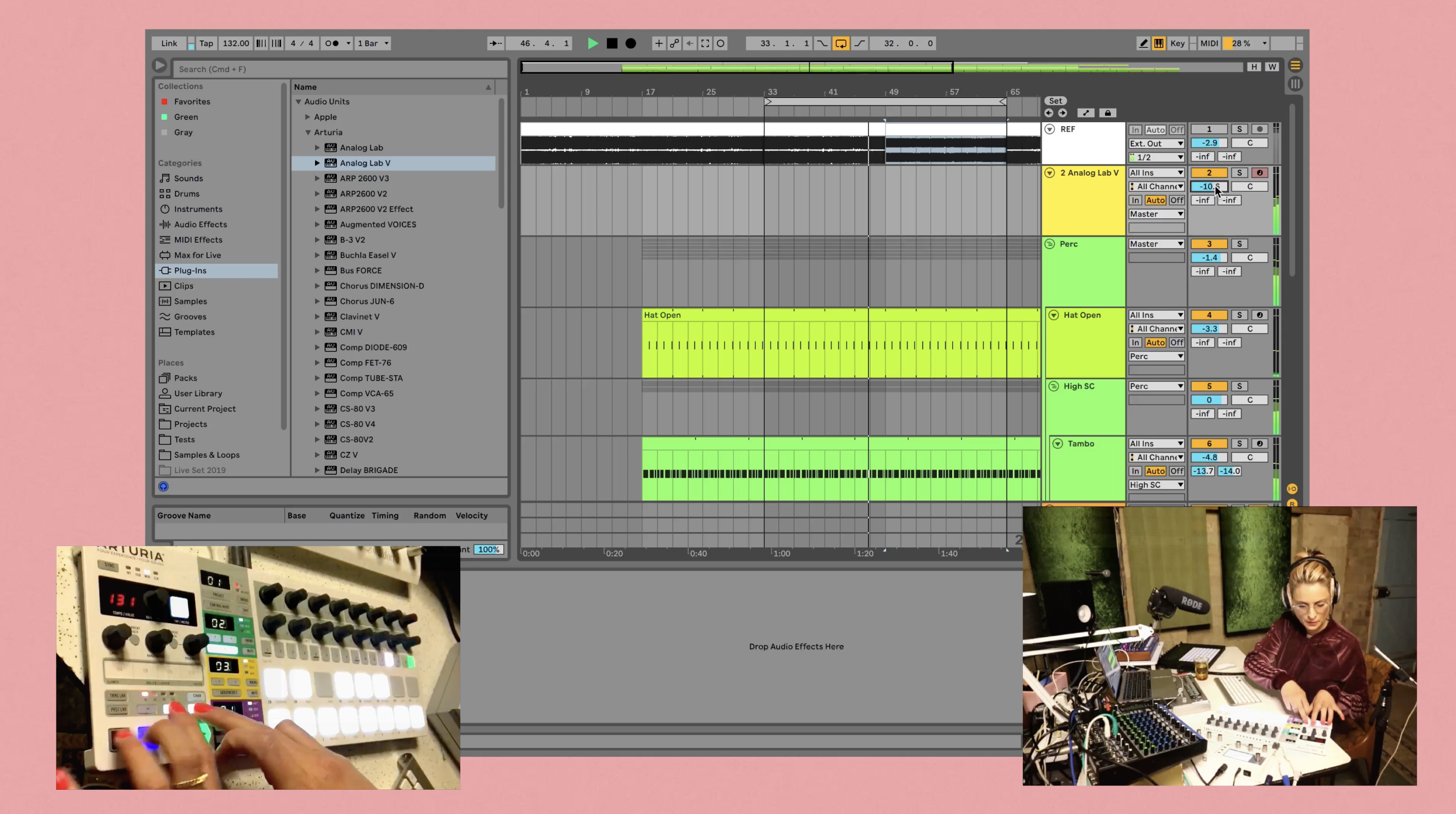










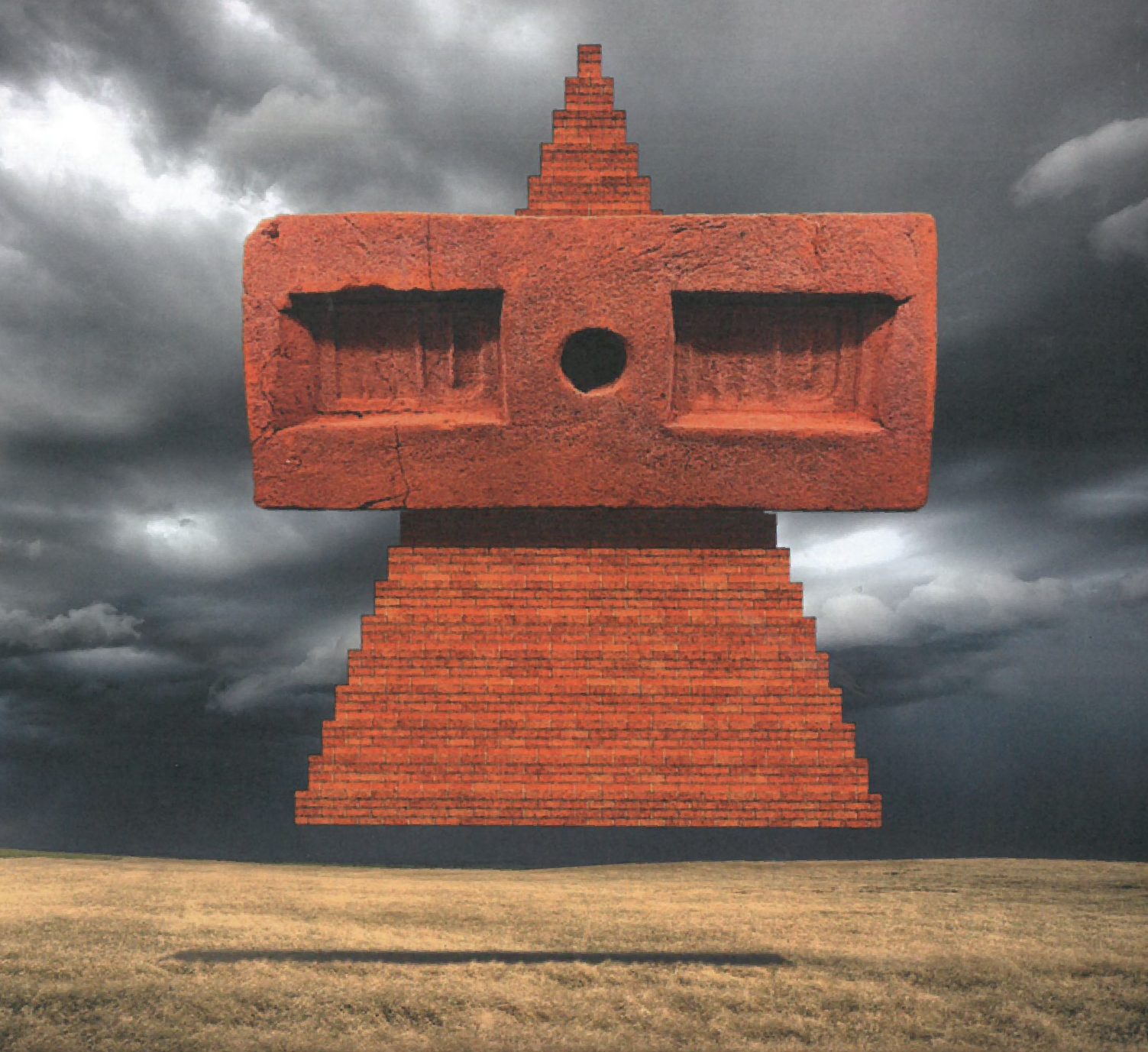
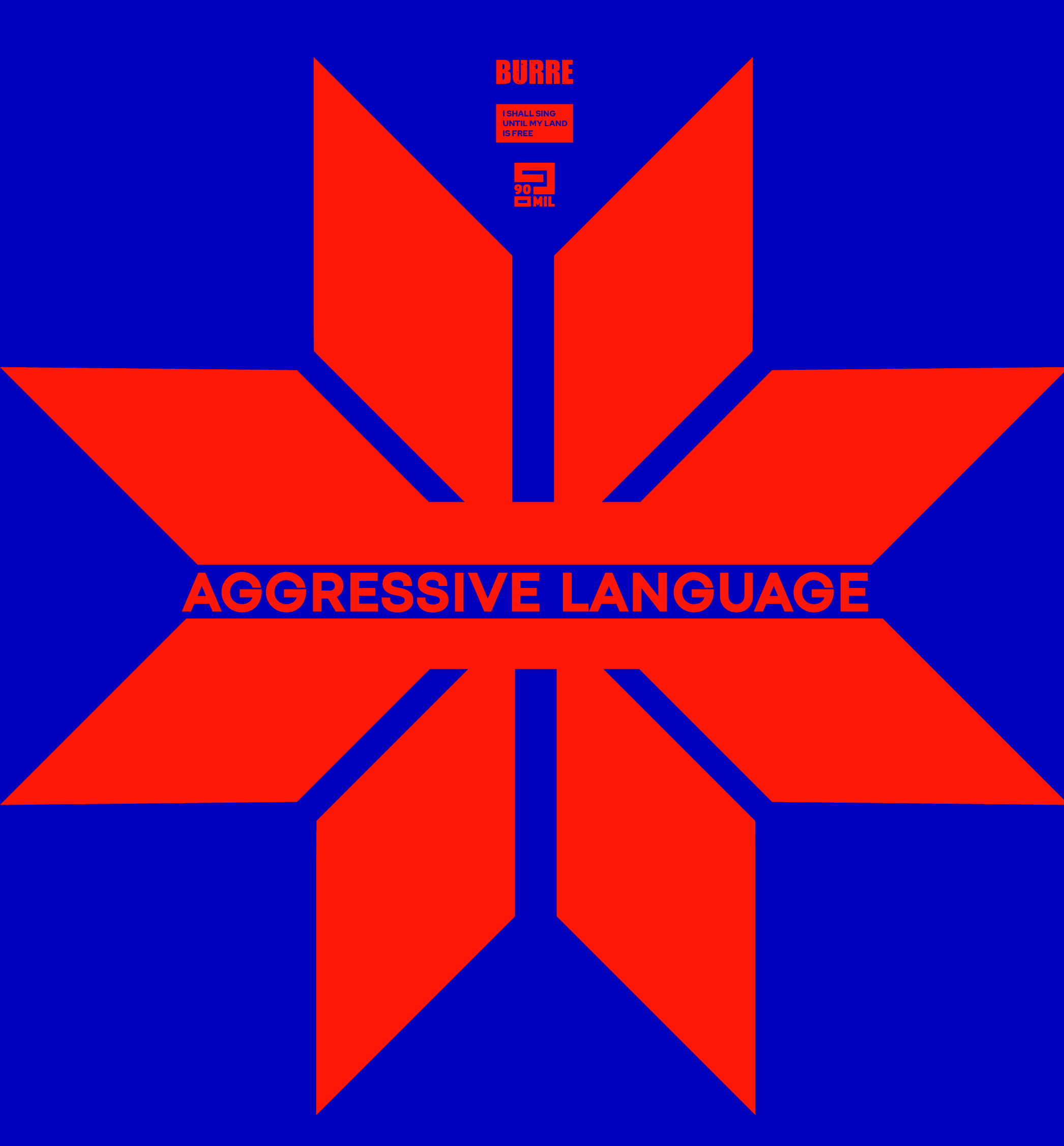
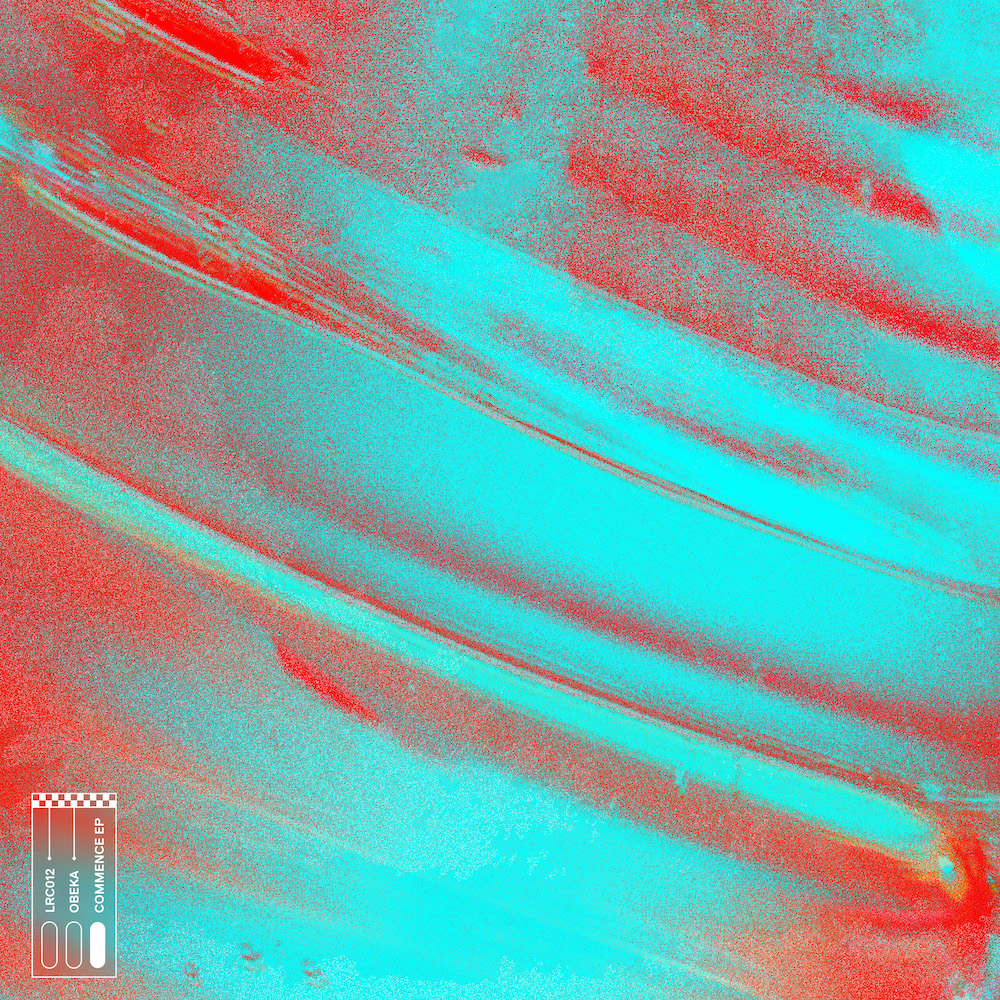



Must Reads
David Holmes – Humanity As An Act Of Resistance in three chapters
As a nation, the Irish have always had a profound relationship with the people of Palestine
Rotterdam – A City which Bounces Back
The Dutch city is in a state of constant revival
Going Remote.
Home swapping as a lifestyle choice
Trending track
Vels d’Èter
Glass Isle
Shop NowDreaming
Timothy Clerkin
Shop Now